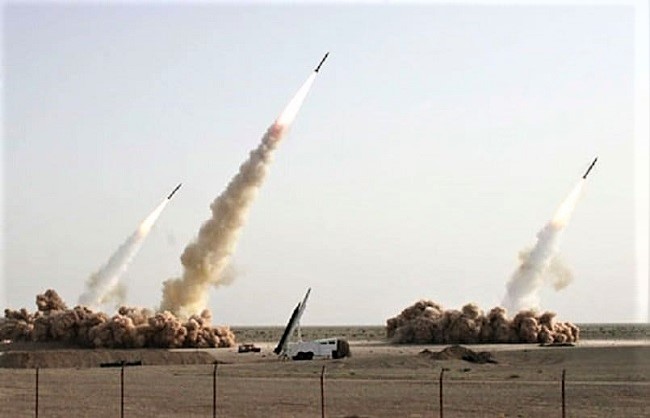BrahMos, Nirbhay and Akash missile are ready to respond to China.
New Delhi, 28 September: In the midst of a five-month-long confrontation with China, India has now deployed its most dangerous long-range missile ‘Nirbhay’ on the Ladakh border with firepower of up to 1000 km.
That is, it is also capable of attacking Chinese bases in Tibet. It is considered equivalent to the famous Tomahawk missile of the US because this missile hits its target unmistakably.
The Nirbhay cruise missile has been designed and manufactured in India. The first test of this missile was carried out on March 12 , 2013.
The Nirbhay missile shoots vertically in the first and horizontal direction in the second stage. It goes straight into the sky like a rocket and then takes a 90-degree turn to fly horizontally in the second stage.
The missile, 6 meters long and 0.52 meters wide, can fly from 0.6 to 0.7 Mach speed. The maximum weight of a missile is 1500 kg which can hit up to 1000 km. A solid rocket motor booster made by the Advance Systems Laboratory has been used to fuel the missile.
India has already deployed supersonic BrahMos and ground-to-air Akash missile on the China border. Now subsonic Nirbhay missile has been deployed to counter China.
Experts say that India has deployed supersonic BrahMos, subsonic Nirbhay and Akash missile to counter the Chinese army in the most difficult situation.
The Western Theater Command of the Chinese Army has deployed weapons to a range of 2,000 kilometres in Tibet and Xinjiang. If needed, now all three powerful missiles of India will be able to deliver.
Nirbhay is all-weather, low-cost, long-range conventional and nuclear-capable cruise missile. The missile is powered by a solid rocket booster for takeoff which has been developed by the Advanced Systems Laboratory (ASL). Upon reaching the required velocity and altitude, the missile is guided by a highly advanced navigation system developed by the Indigenous Research Center (RCI) and radio altimeter for altitude determination (altimeter).
Nirbhay is capable of attacking between multiple targets. The missile has a hovering ability, allowing it to perform multiple manoeuvres. With two wings, the missile is capable of flying at altitudes ranging from 500 m to 4 km. It can fly at low altitude to avoid enemy radar.





